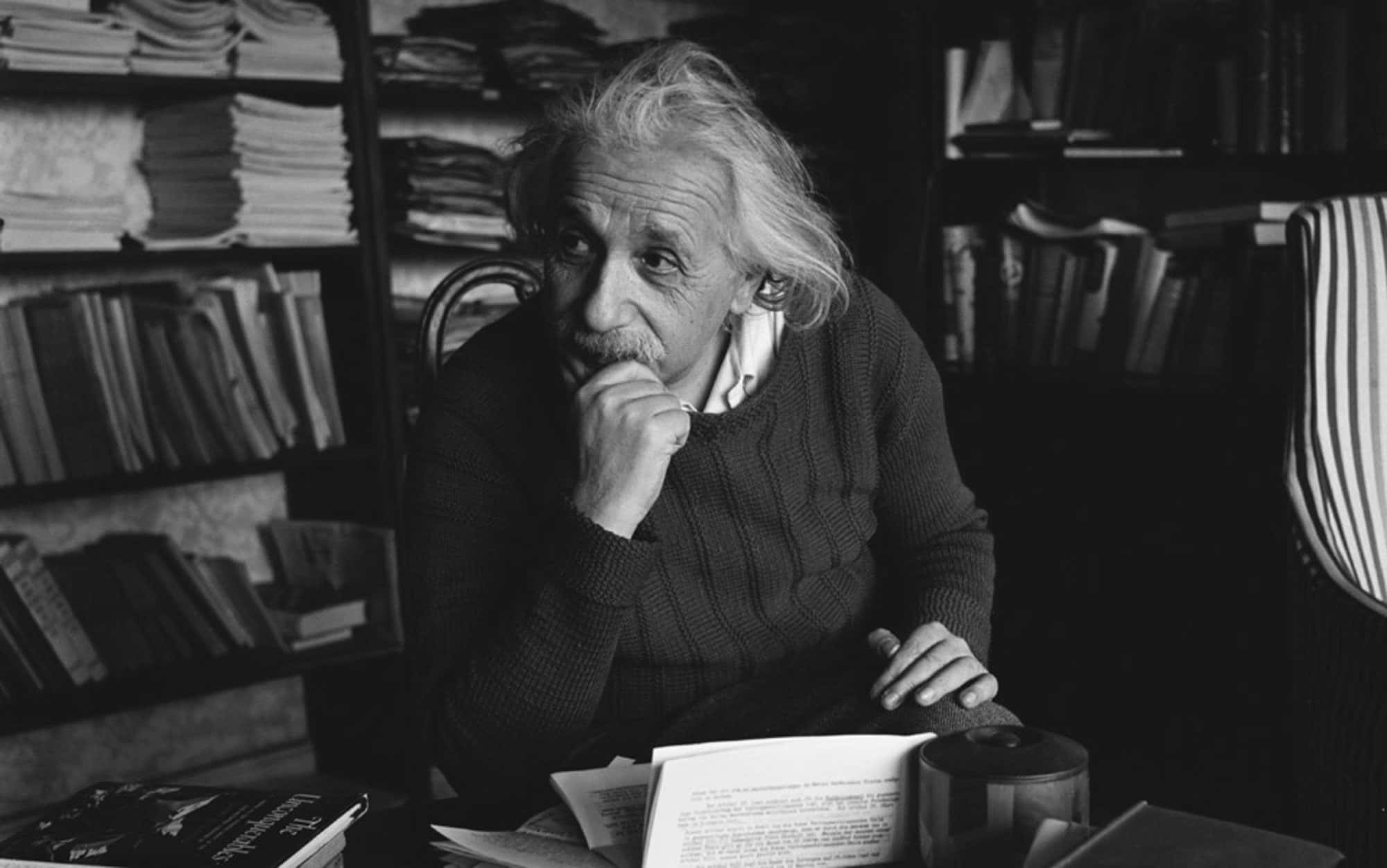Albert Einstein was one of the greatest physicists that the world has ever seen. In the early twentieth century, Albert Einstein introduced the theory of relativity. There are numerous theories in physics, but the ‘theory of relativity’ has found its historical significance. This theory considered to be a more popular and influential scientific hypothesis. It fundamentally changed our perception of space, time, and gravity. Also, it helps to question conventional assumptions and contribute to modern physics.
Einstein’s theory of relativity helps to change our perception of the cosmos and offers tremendous insight into the nature of reality. This principle contradicted Isaac Newton’s classical mechanics. Time and space were absolute and independent of an observer’s frame of reference in classical mechanics. Furthermore, Einstein’s theory established two significant theories: “The special theory of relativity” and “The general theory of relativity”.
The special theory of relativity
In 1905, Albert Einstein introduced the special theory of relativity. The special theory of relativity brought a lot of revelations:
- This theory changed our perception towards time and space.
- It revealed that the speed of light is constant and represents the ultimate cosmic speed limit.
- This theory also suggests that time is not absolute as it is relative to observer motion.
- It introduced the concept of time dilation. Here time slows down for objects in motion relative to a stationary observer.
Furthermore, Albert Einstein’s famous equation, E=mc2, demonstrated the equivalence of mass and energy, indicating the physical world’s basic interconnectedness.
The general theory of relativity
In 1915, Albert Einstein introduced the general theory of relativity. The general relativity theory brought a lot of revelations:
- It broadened the scope of the special theory’s concepts and a new understanding of Gravity.
- According to the general theory of relativity, Gravity is a curvature of space and time caused by mass and energy, not a force.
- Einstein described this curvature as the bending of the fabric of spacetime. Furthermore, this theory reveals some powerful insights into the bending of light around massive objects and the existence of black holes.
- The “Relativity Theory” of Albert Einstein has been backed and proven by various experimental results. This theory has multiple uses in numerous scientific fields, including astrophysics and cosmology.
- The “Theory of Relativity” can change our perception of the universe. Also, it provides a foundation for modern theories of particle physics and cosmological models.
Once Albert Einstein Stated, “The theory of relativity is a magnificent mathematical structure satisfying perfectly the inner experience of a human being.”
This quote reflects his appreciation for the theory’s elegance and conformity to our intuitive understanding of the universe.
Meanwhile, The theory of relativity has much significance in modern physics. It clears our understanding of space, time and gravity. Albert Einstein’s invention not only changes our perspective but reveals the complex relationship between matter, energy, and the fabric of spacetime. The relativity theory continues to contribute to new scientific investigations. It will stand as a testament to the power of human imagination and intellectual curiosity. As we explore deeper into world mysteries, Einstein’s theory will drive our pursuit of a better grasp of the universe.
